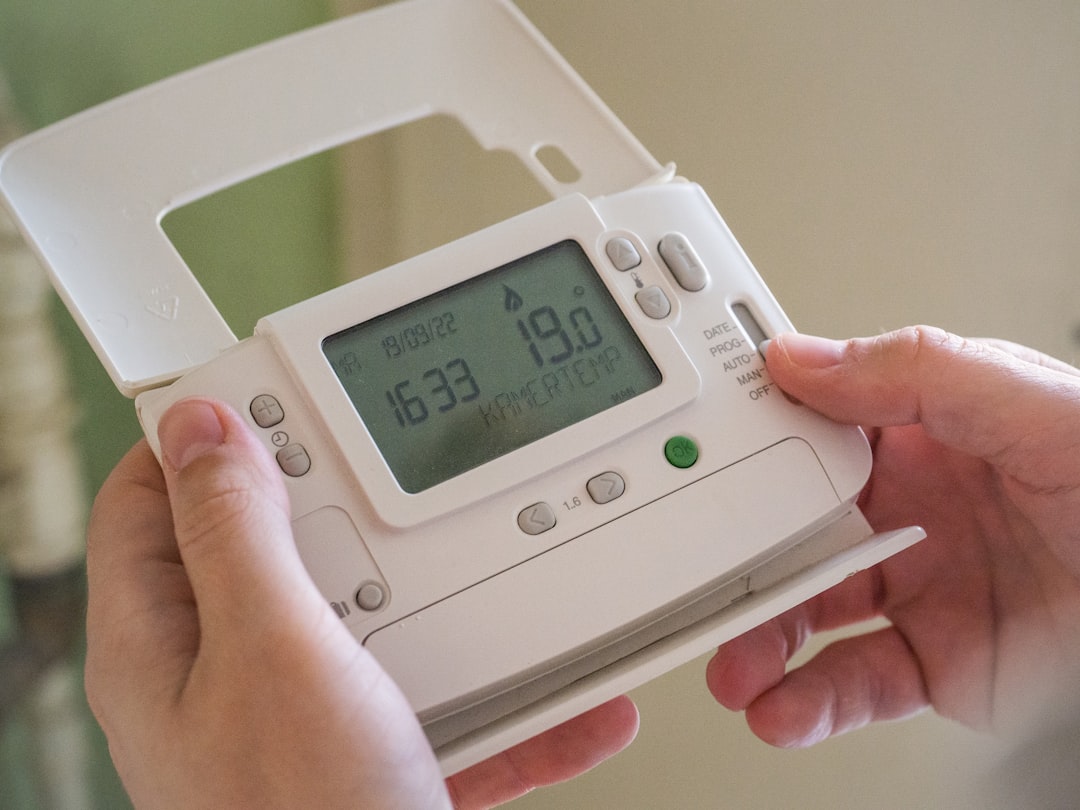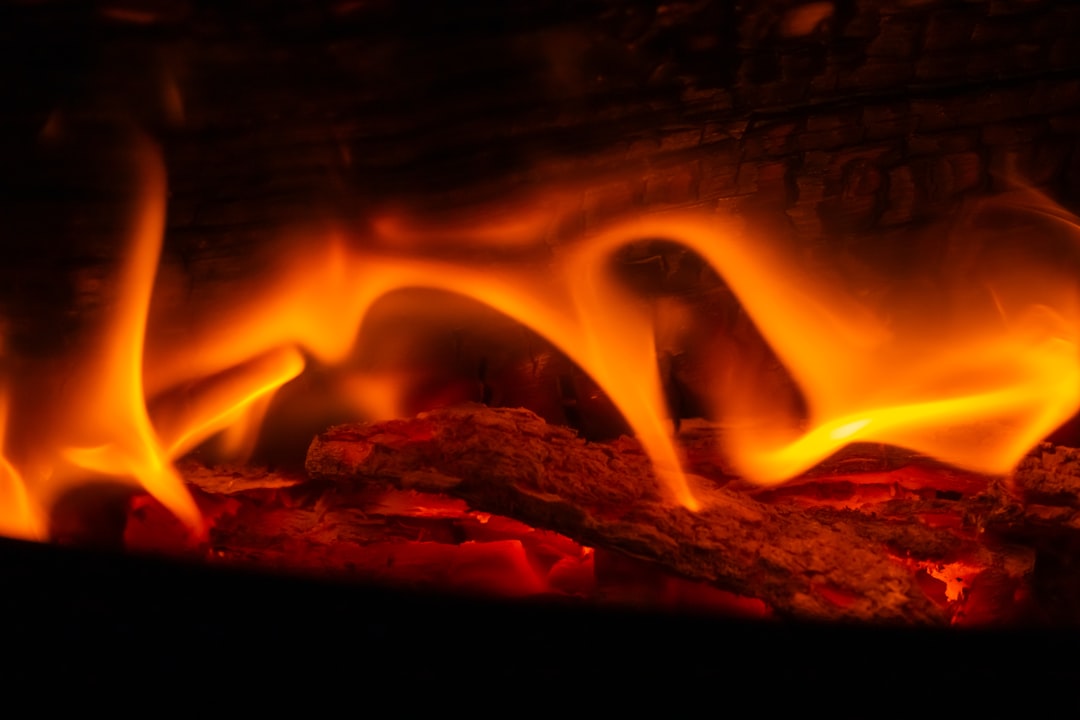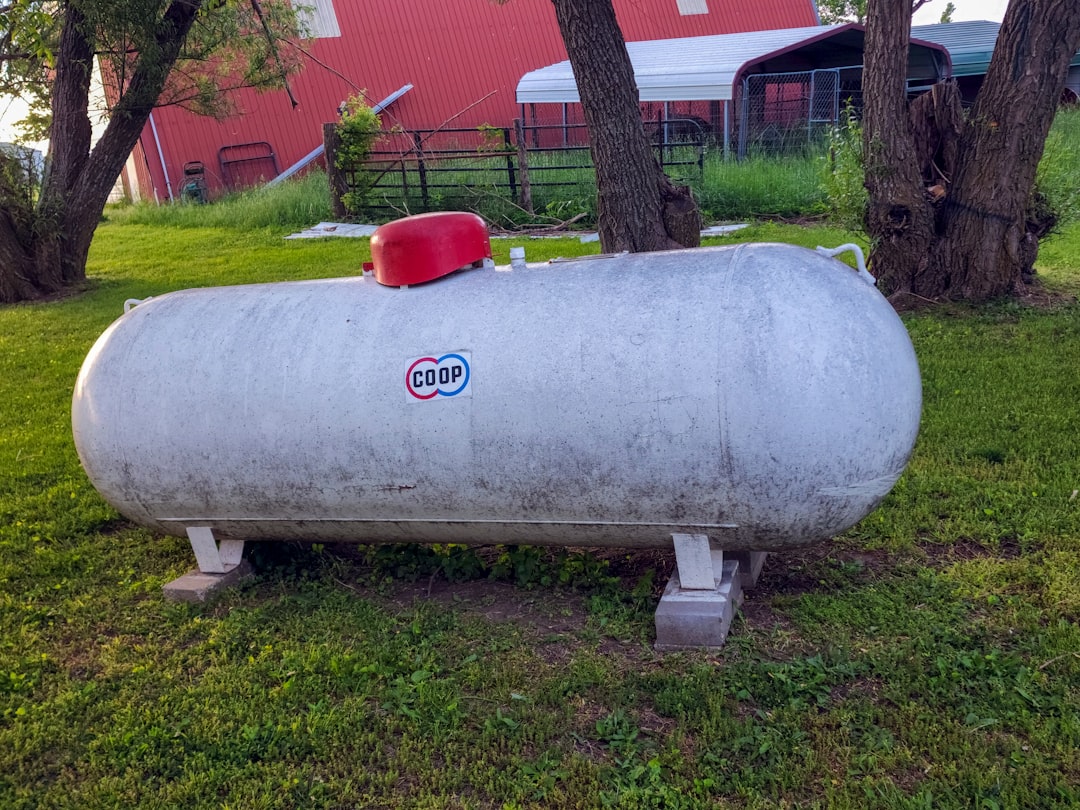
Underfloor heating is becoming increasingly popular as a modern solution for keeping homes comfortable, especially in colder climates. Whether you're renovating your home or building a new one, it’s essential to understand the benefits, costs, and different types of underfloor heating systems before making a decision. At Maworazo, we offer expert advice to guide you through this important choice.
Even Heat Distribution:
Unlike traditional radiators, underfloor heating evenly distributes heat across the floor, ensuring every corner of the room is warm. This creates a comfortable environment and eliminates cold spots.
Space-Saving:
With underfloor heating, you don’t need bulky radiators taking up wall space. This allows for a more streamlined, aesthetically pleasing interior design.
Energy Efficiency:
Underfloor heating systems operate at lower temperatures than conventional radiators. This can save you energy and reduce heating costs over time.
Comfortable Living:
It heats the room from the floor upwards, so you feel warmer at lower temperatures, which can help you maintain a cozy atmosphere without excessive energy usage.
How It Works:
Hydronic underfloor heating uses a network of pipes filled with warm water, which circulates beneath the floor to heat the room. The water is heated by a boiler or a heat pump.
Best For:
Larger spaces or entire homes, particularly in new builds where you can install the system during construction.
Pros: More energy-efficient for larger areas and homes.
Works well with renewable energy sources like solar or geothermal heating.
Lower operational costs compared to electric systems.
Cons:Higher upfront installation costs and more complex installation process.
Requires more space for piping and a boiler system, which may increase the complexity of installation.
There are two main types of underfloor heating systems: electric and hydronic (water-based). Each has its pros and cons depending on your home size, needs, and budget.Electric Underfloor Heating ⚡
How It Works:
Electric underfloor heating consists of electric cables or mats installed beneath the floor surface. When connected to the electrical system, these mats or cables heat up, warming the floor above.
Best For:
Small to medium-sized rooms, individual rooms like bathrooms or kitchens, and renovation projects where a simpler installation process is desired.
Pros: Easy and quick to install, especially in existing homes.
Ideal for rooms with limited floor space.
Lower upfront costs compared to hydronic systems.
Cons: Higher running costs than hydronic systems, especially for larger spaces.
Limited to smaller areas or specific rooms.
Can be installed under most floor types, including tiles, wood, and carpet.
Installation is relatively straightforward and can even be done as a DIY project in some cases.
Typically, a thin, flexible mat or wire is laid on the subfloor, and the flooring material is applied on top.
Requires professional installation due to the complexity of connecting pipes, installing a manifold, and connecting the system to a boiler or heat pump.
Best installed during construction or major renovations, as it involves lifting the floor to install the pipes.
More complex and time-consuming than electric systems, but more suitable for long-term use.
Electric Heating Costs:Upfront cost: Lower than hydronic systems.
Operating cost: Higher, especially in larger spaces or homes with many rooms to heat.
Installation cost: Varies depending on the type of floor covering and room size.
Hydronic Heating Costs:Upfront cost: Higher due to the complexity of installation and materials needed.
Operating cost: More economical for larger spaces, especially if the system is combined with energy-efficient boilers or heat pumps.
Installation cost: Higher, but considered a long-term investment for larger areas.




Underfloor heating from Maworazo transformed my home into a cozy haven, even in the coldest weather. Their team provided valuable insights and support throughout the installation process. Very satisfied with the results!
After researching underfloor heating systems, I chose Maworazo for their knowledge and professionalism. The system they installed in my new home is efficient and cost-effective. Highly recommend their services!
I decided to install underfloor heating in my home, and I couldn't be happier! It's a game-changer in keeping my family warm during the winter months. Thanks to Maworazo for their expert guidance.
Renovations:
If you’re renovating specific rooms, underfloor heating can be a great choice, especially for bathrooms, kitchens, and living areas.
New Construction:
For new builds, hydronic underfloor heating is often integrated into the floor construction. It can be a good long-term investment, especially if combined with renewable energy sources.
Comfort and Energy Efficiency:
If comfort and energy savings are a priority, underfloor heating can be an excellent addition, offering an energy-efficient and evenly distributed heating system for your home.
Electric Underfloor Heating:Requires minimal maintenance. The system is generally long-lasting and doesn’t need frequent servicing.
Ensure the thermostat is functioning properly and the wiring remains intact.
Hydronic Underfloor Heating:Requires more maintenance than electric systems, such as checking the boiler and ensuring the water pressure is optimal.
Professional servicing may be necessary for the pipes, valves, and manifolds.
Underfloor heating provides excellent comfort, energy efficiency, and design flexibility, making it a great investment for the right home. While electric systems are ideal for smaller spaces and quicker installations, hydronic systems are better suited for larger areas, new builds, and long-term energy savings. However, the decision ultimately depends on your budget, space requirements, and long-term heating goals.If you're looking for expert guidance and assistance in installing underfloor heating, Maworazo can provide tailored advice and help you choose the best solution for your home.
